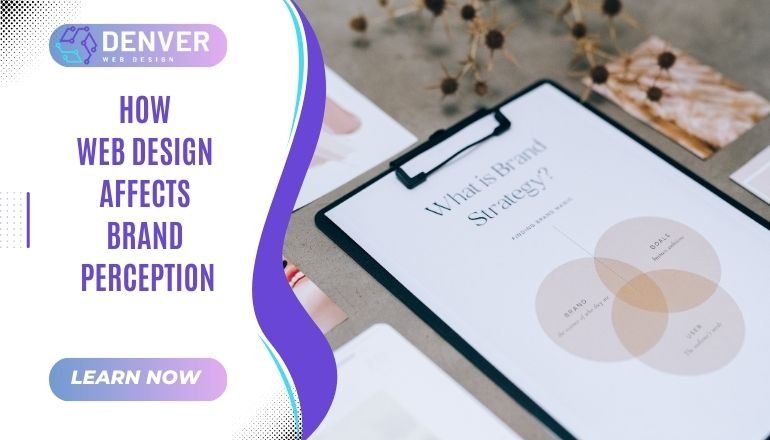
The way a brand’s website is designed can make or break how customers perceive its credibility and professionalism. In a world where first impressions count—and they’re often made online—effective web design becomes a powerful tool for shaping brand identity. Incorporating best practices in web design, such as creating responsive and user-friendly layouts, can significantly enhance a brand’s image while addressing challenges like low engagement or high bounce rates. If you’re in Denver and exploring this topic, Web Design Denver can guide you through crafting an online presence that truly represents your business.
What is Web Design?
Web design encompasses the creation and arrangement of visual, functional, and interactive elements on a website. This includes everything from layout and color schemes to fonts and imagery. A major component of modern web design is “responsive web design,” which ensures that websites adapt seamlessly across devices—from desktops to smartphones. Related principles, such as the “mobile-first approach” and “adaptive design,” underscore the importance of prioritizing user-friendly websites for today’s audiences.
Why is Web Design Essential for Your Brand?
The importance of web design extends beyond aesthetics; it plays a pivotal role in influencing consumer trust, driving engagement, and boosting conversions. A thoughtfully designed website not only improves the user experience but also enhances search engine rankings. SEO-optimized websites—those built with Google’s ranking factors in mind—achieve better search engine visibility, leading to increased traffic and brand growth. Furthermore, responsive web design ensures accessibility for all users, reinforcing the brand’s professionalism and credibility.
Key Features of Effective Web Design
An impactful website blends functionality with design to create a seamless user experience. Here are some key components:
- Responsive Design – Ensures the website looks and functions well on any device.
- Intuitive Navigation – Helps users find information quickly and easily.
- SEO Integration – Incorporates elements like optimized images, meta tags, and mobile-friendly layouts to boost visibility.
- High-Quality Visuals – Includes professional imagery and videos to enhance branding.
- Clear Call-to-Action (CTA) – Encourages visitors to take actions such as signing up or purchasing.
For businesses like Web Design Denver, these elements are vital in helping local businesses stand out.
Best Practices for Web Design
To create a lasting impact, here are actionable tips for designing your website:
- Focus on Speed: Optimize images, minify code, and use efficient hosting to ensure your site loads quickly.
- Prioritize UX Design: Aim for simple, user-friendly navigation that caters to your target audience.
- Utilize a CMS: Platforms like WordPress make it easier to manage and update your website.
- Adopt a Mobile-First Approach: Design for smaller screens first, ensuring seamless scalability to larger devices.
- Test Regularly: Use tools to assess performance, cross-browser compatibility, and responsiveness.
Common Mistakes to Avoid in Web Design
Even with the best intentions, web design can go wrong. Here are common pitfalls to steer clear of:
- Cluttered Layouts: Too much information can overwhelm users and drive them away.
- Ignoring Mobile Optimization: A site that isn’t mobile-friendly risks losing a significant portion of traffic.
- Slow Load Times: Users are quick to abandon pages that take longer than a few seconds to load.
- Unclear CTAs: Vague or misplaced CTAs confuse visitors and result in lower conversions.
- Neglecting SEO: Overlooking essential SEO elements can prevent your site from ranking high in search results.
By addressing these mistakes, businesses can avoid pitfalls and create a polished, professional online presence.
Conclusion: Key Takeaways
Web design is more than just visual appeal; it’s a strategic tool for shaping how your brand is perceived and how effectively it converts visitors into loyal customers. From responsive layouts to user-focused navigation, the right practices can set your website apart from competitors. If you’re aiming to enhance your brand’s online presence, consider consulting professionals like Web Design Denver for tailored solutions. Start implementing these best practices today to elevate your website’s design, optimize user experience, and ultimately drive business growth.






